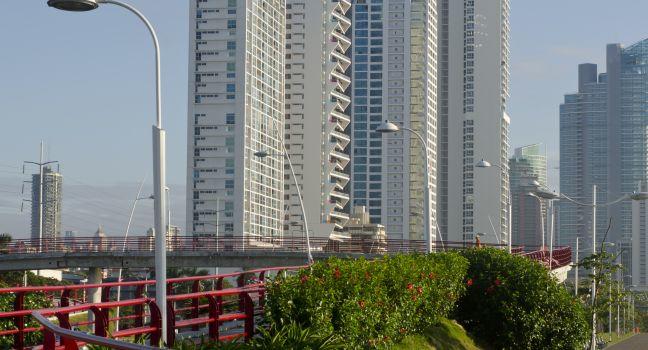Perched on a cliff overlooking the mouth of the Chagres River are the ruins of the ancient Spanish Fuerte San Lorenzo, destroyed by pirate Henry Morgan in 1671 and rebuilt shortly after, then bombarded a century later. The Spaniards built Fort San Lorenzo in 1595 in an effort to protect the South American gold they were shipping down the Chagres River, which was first carried along the Camino de Cruces from Panamá Viejo. The gold was then shipped up the coast to the fortified city of Portobelo, where it was stored until the Spanish armada arrived to carry it to Spain. The fortress's commanding position and abundant cannons weren't enough of a deterrent for Morgan, whose men managed to shoot flaming arrows into the fort, causing a fire that set off stored gunpowder and forced the Spanish troops to surrender. Morgan then led his men up the river and across the isthmus to sack Panamá Viejo.
In the 1980s UNESCO restored the fort to its current condition, which is pretty sparse—it hardly compares to the extensive colonial ruins of Portobelo. Nevertheless, the setting is gorgeous, and the view from that promontory of the blue-green Caribbean, the coast, and the vast jungle behind it is breathtaking. Be careful walking around the edge outside the fort; there are some treacherous precipices, and guardrails are almost nonexistent. One visitor did have a fatal fall several years ago.




